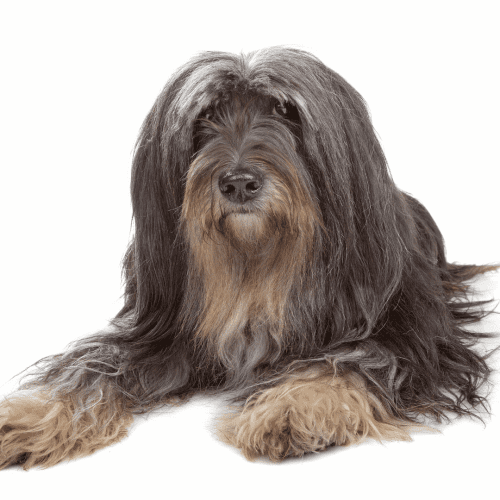
What Is The History Of The Lhasa Apso Breed?
The Lhasa Apso, a distinctive and charming dog breed, hails from the mountains of Tibet. Revered for centuries as sacred companions and guardians in Tibetan monasteries and palaces, the Lhasa Apso’s lineage is steeped in history. Their name, “Lhasa,” refers to Tibet’s capital city, while “Apso” translates to “barking lion sentinel dog.” These dogs were treasured for their keen senses, alertness, and protective nature. Their luxurious double coat, which served as insulation against the harsh Himalayan climate, became a hallmark of the breed. In the 1930s, the first Lhasa Apsos were introduced to the Western world, captivating dog enthusiasts with their regal demeanor and endearing charm.
What Does A Lhasa Apso Look Like?
The Lhasa Apso is a captivating breed known for its unique appearance. These dogs typically stand around 10 to 11 inches tall at the shoulder and weigh between 12 to 18 pounds. Their long, flowing coat is double-layered, with a soft undercoat and a dense, straight topcoat that forms a cascade of fur along their body. Lhasa Apsos come in a variety of colors, including gold, cream, slate, and parti-color combinations. Their expressive eyes are often dark and almond-shaped, giving them a thoughtful and penetrating gaze. With a distinctive lion-like mane around their neck and a plumed tail carried over their back, the Lhasa Apso exudes an aura of regal elegance.
How Big Is An Adult Lhasa Apso?
The Lhasa Apso, a small yet robust breed, presents a compact stature. Adult Lhasa Apsos typically stand between 10 to 11 inches (25 to 28 cm) in height and weigh approximately 12 to 18 pounds (5.5 to 8 kg). Despite their moderate size, these dogs are known for their confidence and spirited personalities. Their unique coat and distinctive features contribute to their allure, making them stand out in any setting.
Are There Other Dog Breeds Related To The Lhasa Apso?
- Tibetan Spaniel: Sharing a historical connection to Tibetan monasteries, the Tibetan Spaniel also boasts a striking appearance and endearing personality.
- Shih Tzu: These companionable dogs have similar origins and were often exchanged as gifts between Tibet and China’s imperial courts.
- Pekingese: Both breeds have a regal history and possess long, flowing coats, making them distinct yet related companions.
- Tibetan Terrier: This breed’s role as a companion and guardian aligns with the Lhasa Apso’s historical functions, while their appealing appearance sets them apart.
- Japanese Chin: Known for their lively and affectionate nature, Japanese Chins share some traits with the Lhasa Apso’s engaging personality.
- Yorkshire Terrier: These small dogs, like the Lhasa Apso, exhibit a spirited and alert attitude, making them both popular choices for companionship.
What Is The Life Expectancy Of A Lhasa Apso?
The Lhasa Apso generally enjoys a long life expectancy, typically ranging between 12 to 15 years. This impressive longevity can be attributed to their sturdy build and overall robust health. To ensure your Lhasa Apso companion thrives, provide regular exercise, a balanced diet, routine veterinary care, and attentive grooming. Their long coat requires regular maintenance to prevent tangling and matting, contributing to their overall well-being.
Can A Lhasa Apso Be Trained?
Yes, the Lhasa Apso is indeed trainable, although their independent and assertive nature may require patient and consistent training methods. Utilizing positive reinforcement techniques such as treats, praise, and rewards is effective in capturing their attention and cooperation. Starting training and socialization from an early age is essential to mold them into well-mannered companions. Despite their occasional stubbornness, Lhasa Apsos possess intelligence and a desire to please, making them capable of mastering commands and tricks. Regular mental stimulation and engaging activities ensure a happy and well-adjusted Lhasa Apso.
What Are Some Interesting Facts About A Lhasa Apso?
- Monastic Companions: Lhasa Apsos were historically kept by Tibetan monks and nobles, serving as loyal companions and watchful guardians.
- Symbolic Significance: In Tibet, the Lhasa Apso was considered a symbol of good luck and was believed to bring blessings to its owner’s home.
- Distinctive Appearance: The breed’s distinctive coat protected them from harsh weather in the Himalayas and contributed to their revered status.
- Name Origins: “Apso” means “barking sentinel dog,” highlighting their role as alert and protective watchdogs.
- Pampered Guests: Lhasa Apsos were often given as gifts to visiting dignitaries, including Chinese emperors, enhancing their reputation.
- Royal Regard: The Dalai Lama presented Lhasa Apsos as gifts to foreign dignitaries, elevating their status as esteemed and cherished dogs.
How Does A Lhasa Apso Interact With People?
The Lhasa Apso is known for its independent yet affectionate interaction with people. While they have a dignified air and may be reserved with strangers, they form strong bonds with their families and exhibit deep loyalty. Their presence as indoor companions suits apartment living, but they require regular exercise and mental stimulation to remain content. Lhasa Apsos are often gentle and playful with children, showcasing their adaptability and gentle nature. Their alertness and protective instincts also make them effective watchdogs, adding to their role as beloved family members.


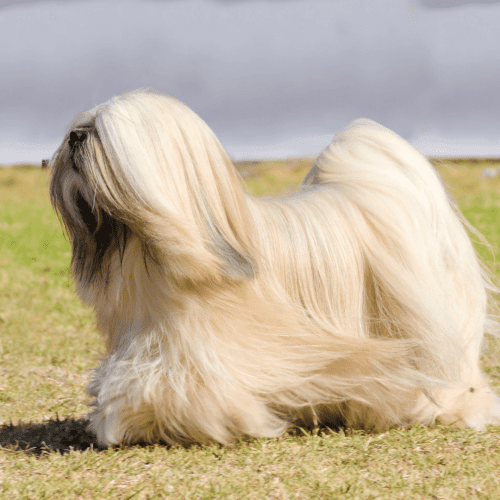
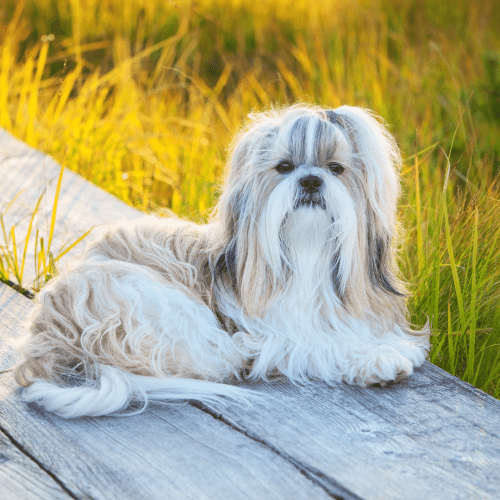
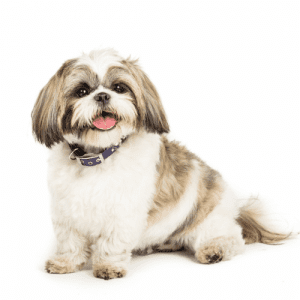 What Is The History Of The Shih Tzu Dog Breed?
What Is The History Of The Shih Tzu Dog Breed?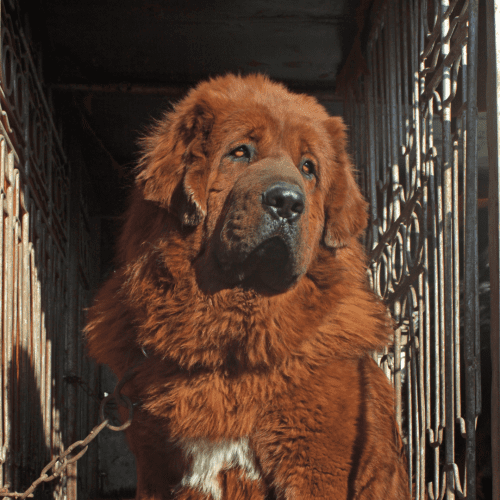

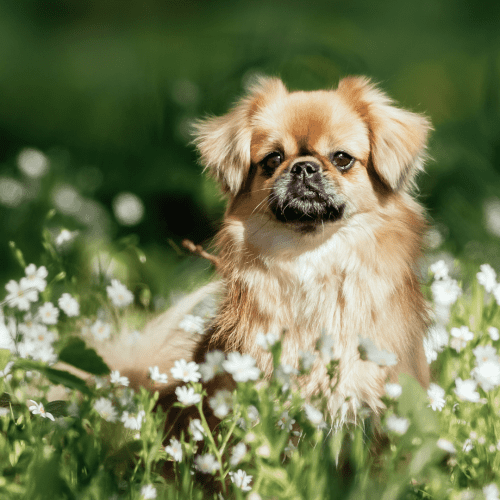

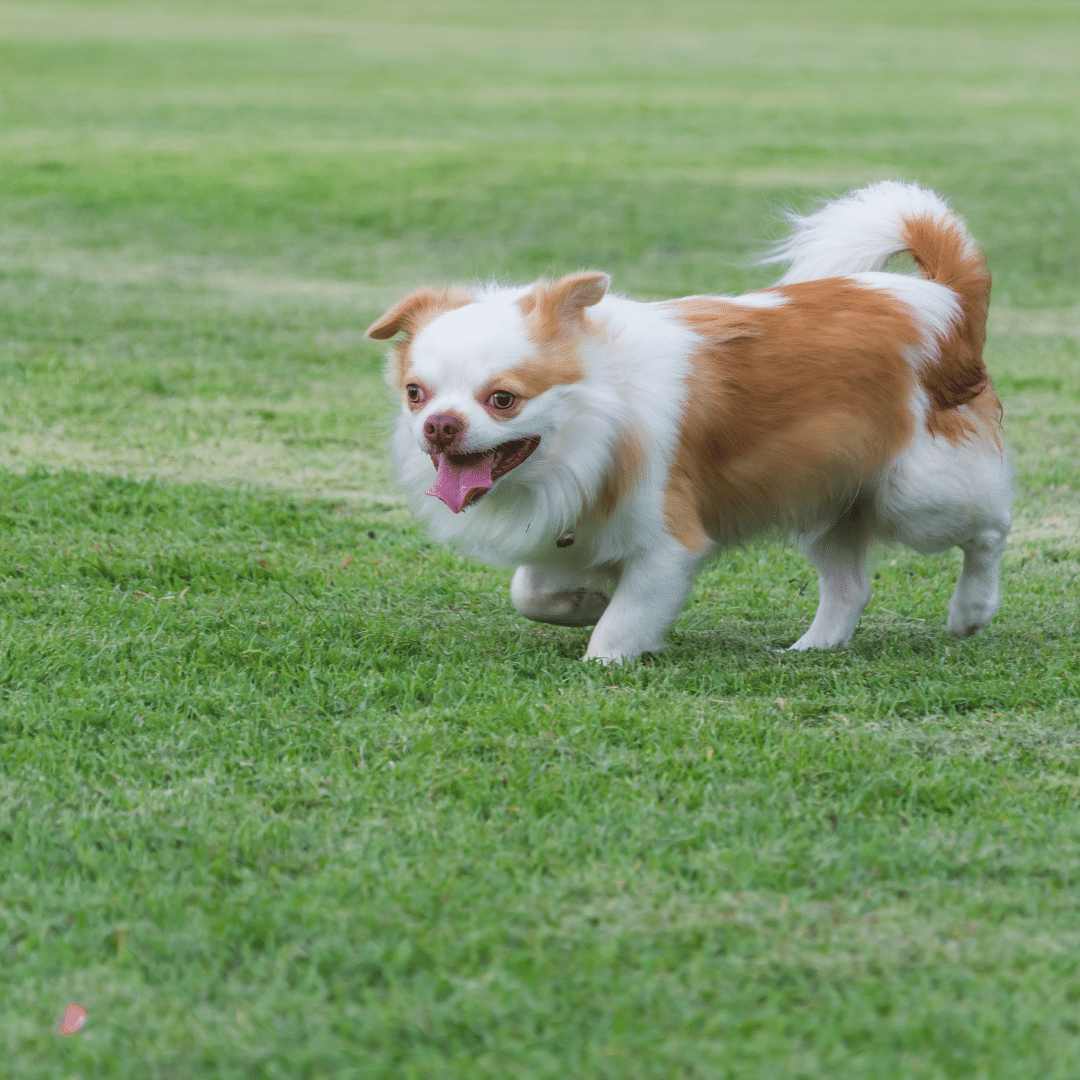 Dog?
Dog?